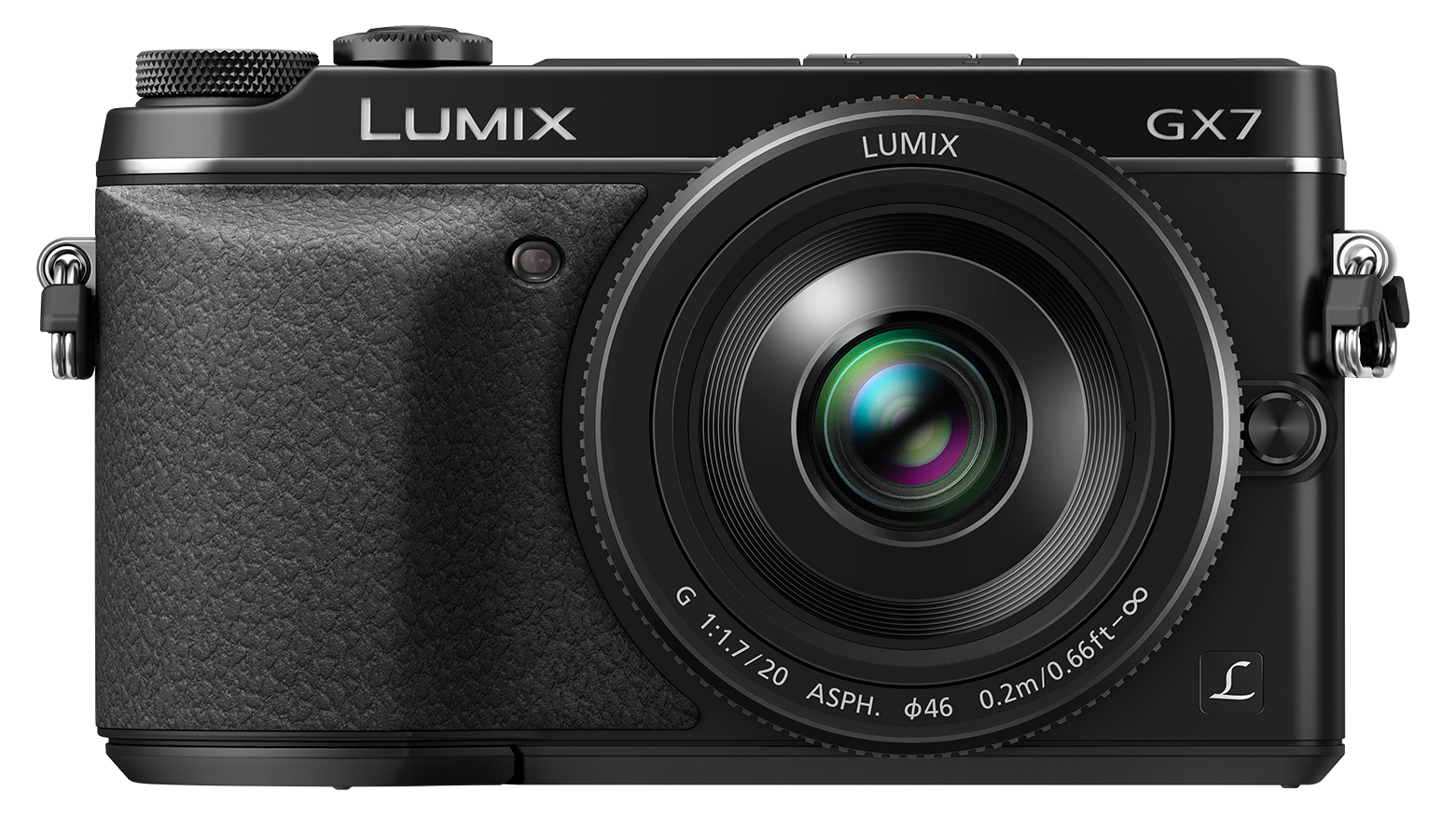Why you can trust TechRadar
Our first impressions of the Panasonic GX7 were very good, and these initial findings were confirmed by more extensive shooting. Images generally have plenty of detail, good vibrant colours and correct exposure.
The Panasonic GX7's multi-zone metering system put in a particularly impressive performance during our testing, since it was largely unfazed by dark or light areas in the scene. It even managed to produce a correctly exposed subject when powerful stage lights were shining directly into the lens.
That's not to say that we didn't need to use the exposure compensation facility occasionally, but it wasn't very often and was usually only to a small degree.
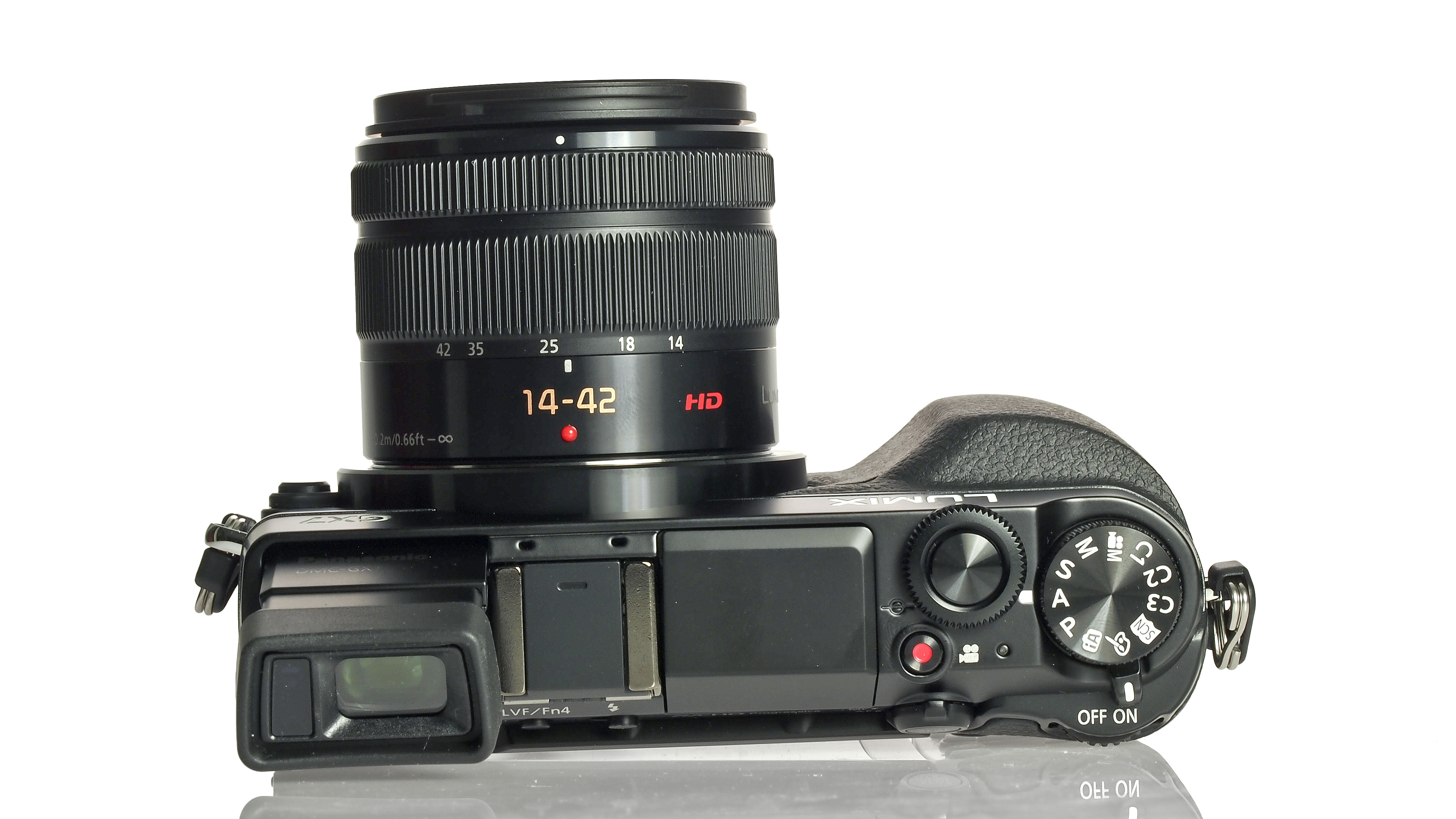
Panasonic's recent AF system found in the Panasonic GF6 and Panasonic G6 has impressed us with its speed and accuracy, and it doesn't disappoint in the Panasonic GX7 which has the benefit of a cleaner signal from the sensor to help the contrast detection system.
During this test we had the opportunity to shoot from the photographer's pit at Fairport Convention's Cropredy Festival, and during the daylight hours and early evening the Panasonic GX7 coped well, managing to get the subject sharp as long as the active AF point was in the right location.
However, we found that the Tracking AF system couldn't keep up with the movement on stage and we couldn't track movement around the frame. Consequently we used the 1-Area AF and continuous autofocus modes and positioned the AF point where we wanted it using the touchscreen, then followed the subject in the viewfinder, trying to keep the active AF point over the subject.
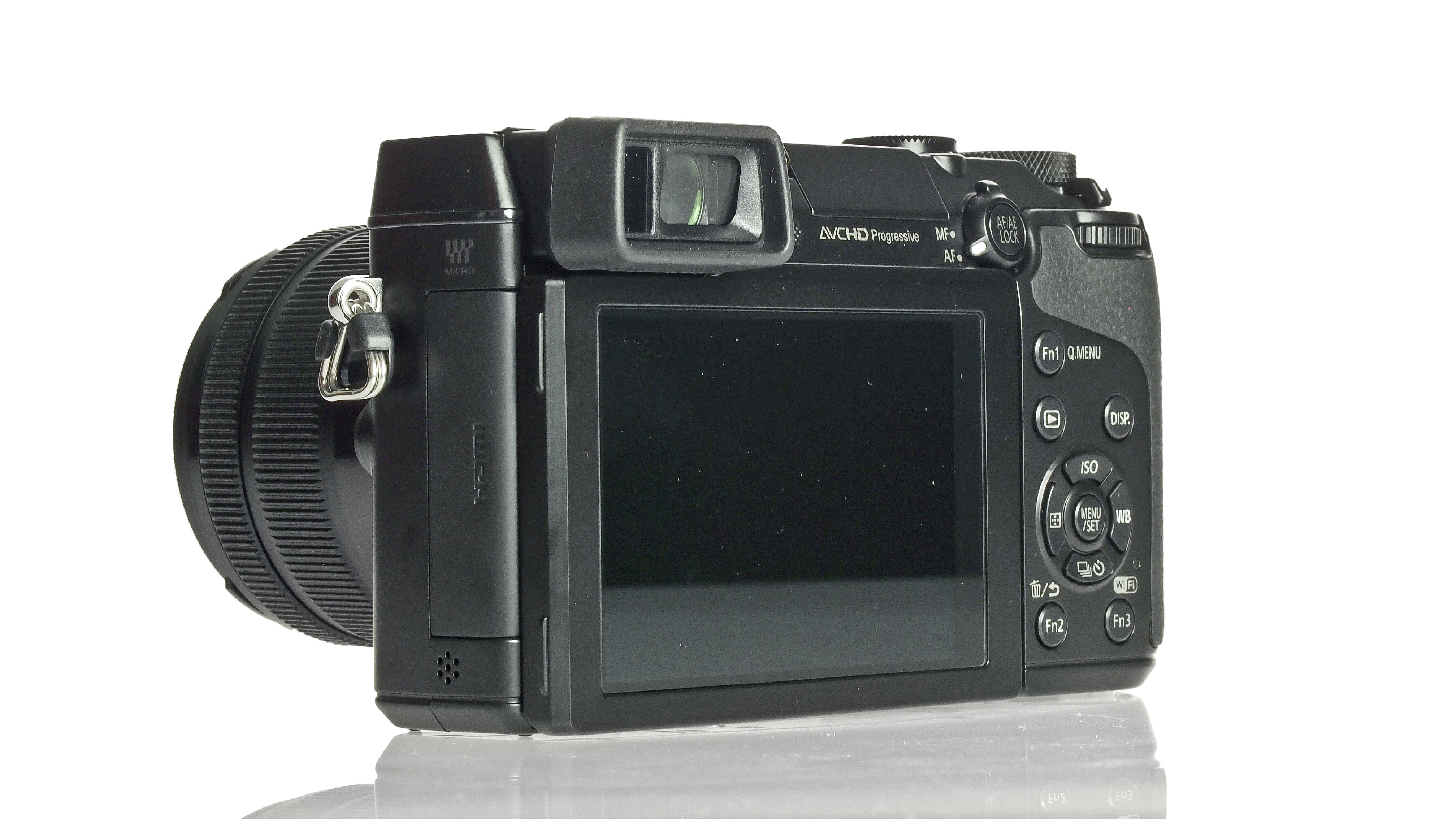
One issue is that despite turning the auto review off, the image is fractionally frozen in the viewfinder, and this can make it hard to follow a fast moving subject.
Also, once night fell and the light came purely from moving, flickering stage lights and high sensitivity settings were required, the AF system wasn't quite fast enough in many situations to keep up, but we did manage to get a few sharp shots.
In fairness this is an extreme test that would challenge many DSLRs, and it's the type of situation where photographers would use top-end DSLRs with fast, high quality lenses.
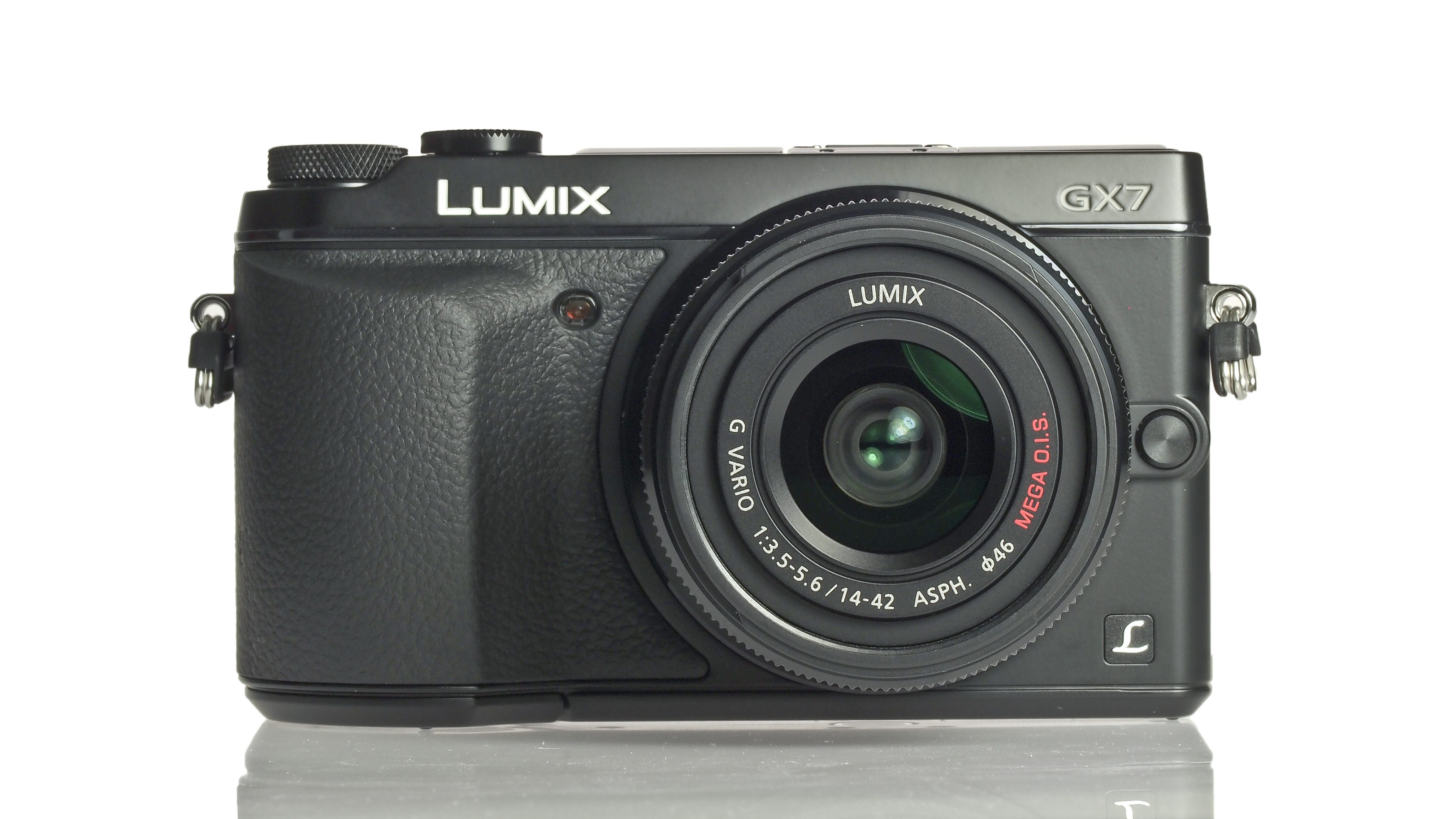
Bearing in mind that the Panasonic GX7 is a compact system camera with a contrast detection AF system, we think it gave a pretty decent account of itself.
Panasonic's auto white balance system has a proven track record, and it performed well in the Lumix GX7 in a variety of conditions. In some overcast or shaded conditions it can produce a slightly too neutral image, and on these occasions we found that the Daylight preset value worked well.
Also, in mixed artificial lighting (which would trouble most systems) it can produce rather warm images. However, it's very easy to create a custom white balance value manually by shooting a piece of white paper or card, which rectifies things.
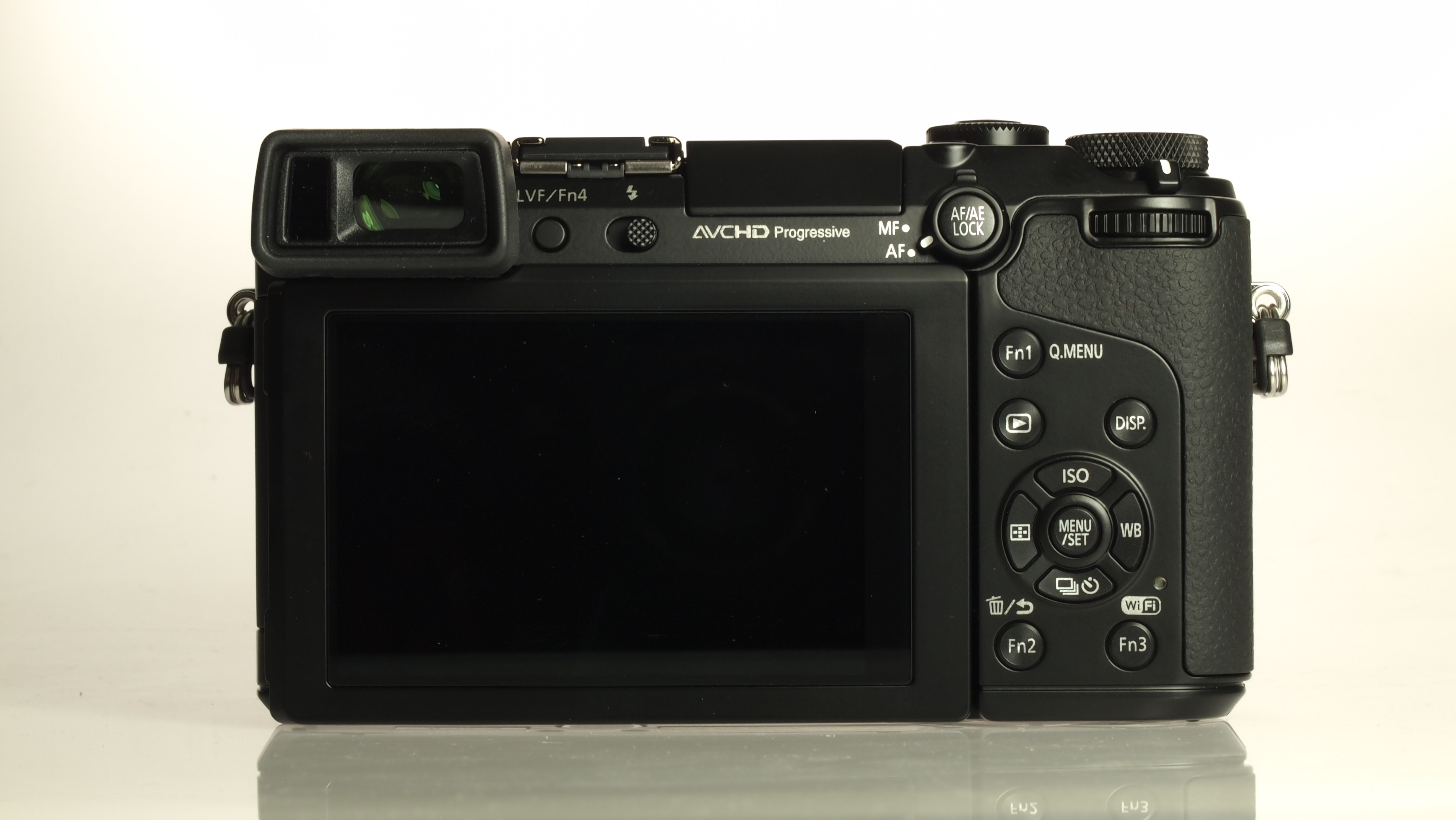
Our lab tests reveal that the Panasonic GX7 produces slightly cleaner images than Panasonic's top-end GH3 and that it can resolve more detail at the higher sensitivity settings.
Although its raw files (after conversion to tiff) struggle to compete for signal to noise ratio at the upper sensitivity settings, its JPEG files are more than a match for the Olympus PEN E-P5 for the majority of the sensitivity range. This suggests that it should be possible with bespoke processing to get the raw files to match the Olympus camera's.
Noise is controlled well up to about ISO 6400, although speckling starts to become noticeable in images viewed at 100% from around ISO 800. There's little or no sign of chroma noise in JPEG files, but luminance noise is visible. There's also some softening in JPEG images from around ISO 3200.
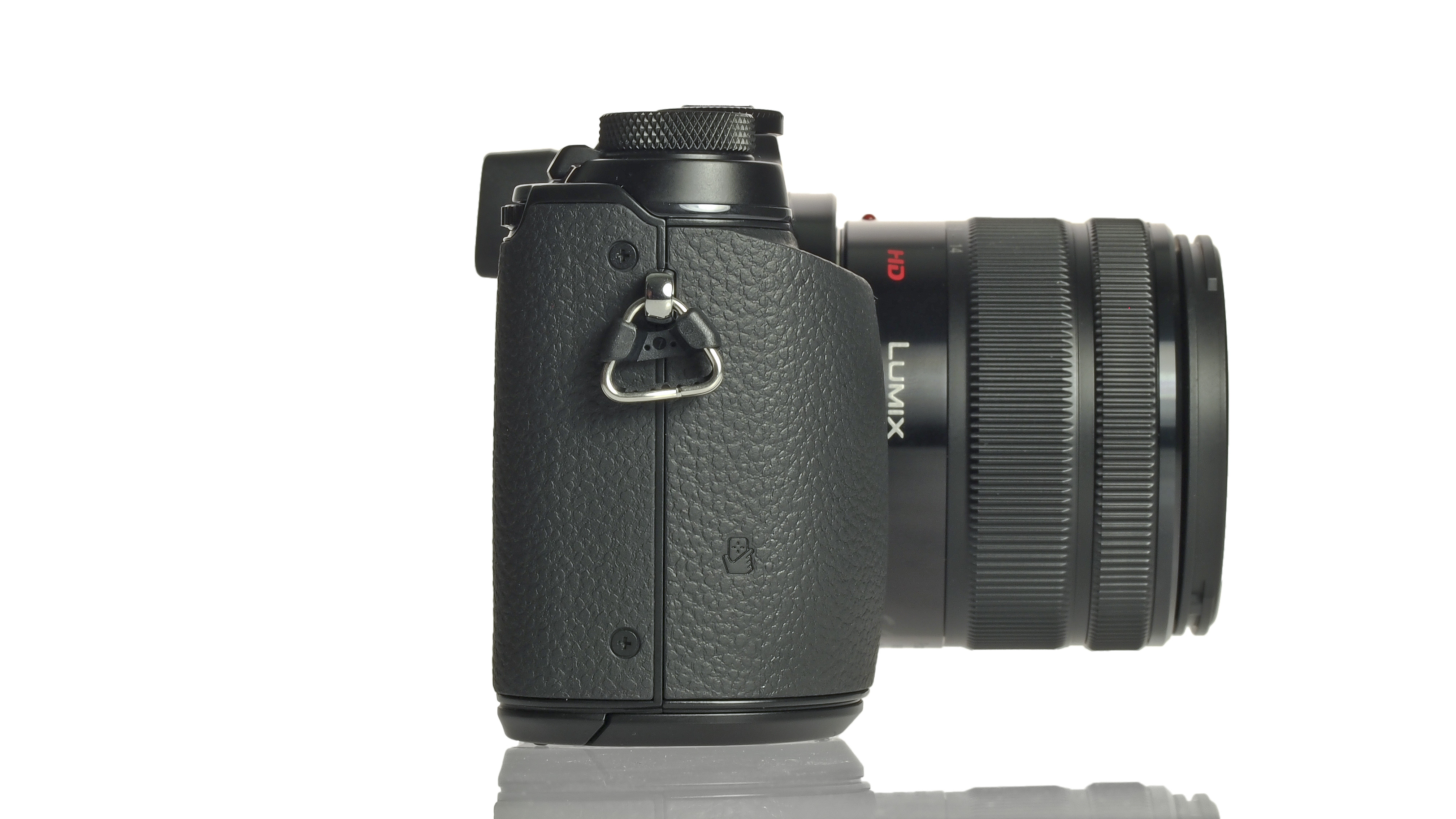
Chroma noise is only really visible in raw files viewed at 100% from around ISO 3200, but it's not really a major issue until the top sensitivity setting, ISO 25,600. As usual, this is probably best kept for emergencies.
Raw files contain more detail and offer the opportunity to tailor the noise reduction to suit the subject and the image. The Panasonic GX7 is supplied with SilkPix software, which has a comprehensive set of tools, but isn't tailored to the camera's settings any more than any other third party software.
In reality most users are likely to opt to process images using Adobe Camera Raw as soon as Adobe updates the software for Photoshop Elements, Photoshop Lightroom and full Photoshop.
Current page: Performance
Prev Page Build quality and handling Next Page Image quality and resolution